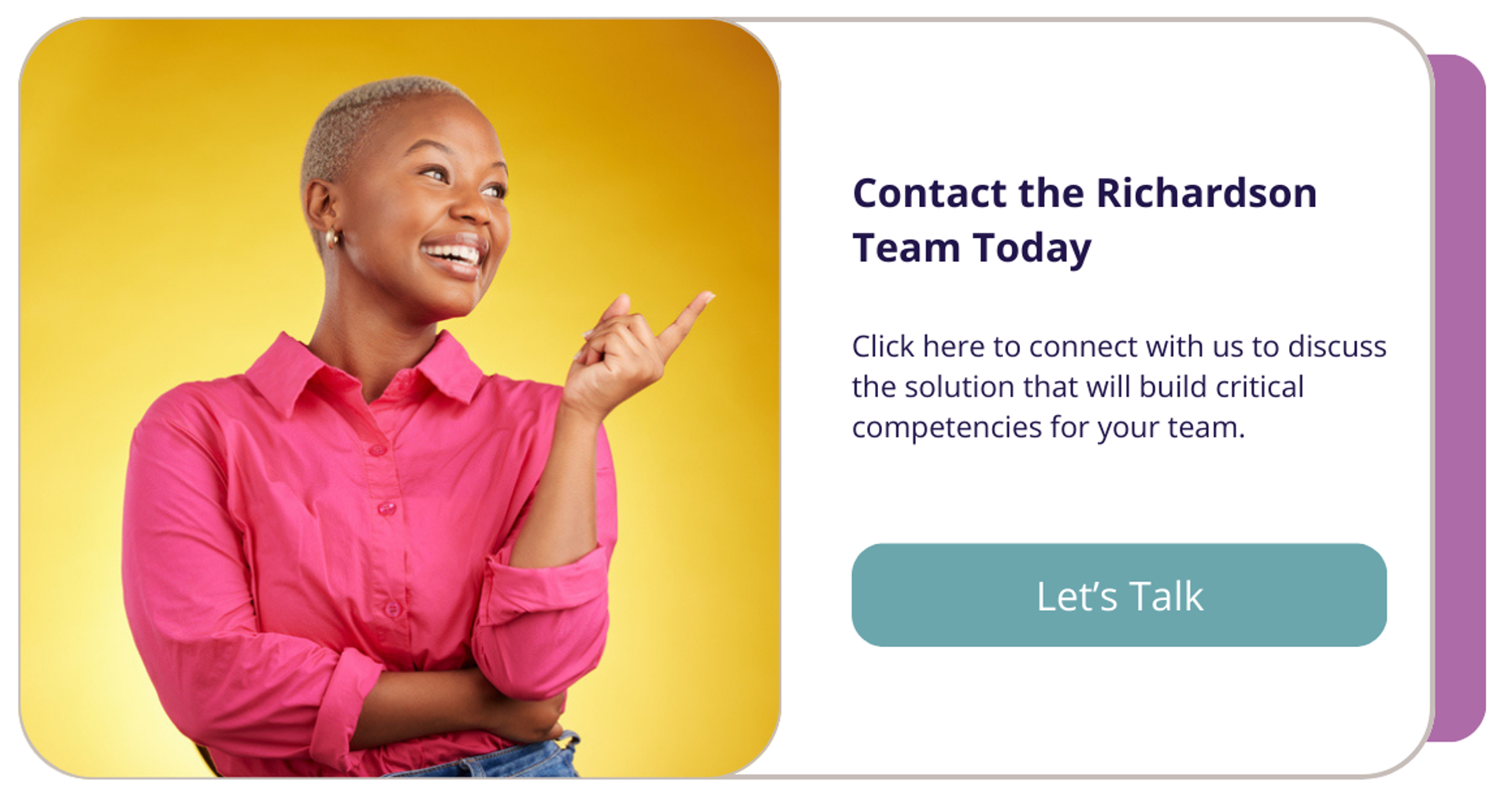Sales Engagement vs. Sales Enablement: Finding The Winning Formula
Sales enablement

Understanding the Difference Between Sales Engagement and Sales Enablement
The difference between sales engagement and sales enablement is subtle but important. Sales engagement is an activity involving interactions between sales reps and buyers, while sales enablement is a strategy that empowers sales reps to effectively interact with their buyers.
For instance, a sales enablement strategy may involve creating email templates and cadences, establishing best practices, investing in prospecting training, and making email automation platforms available to sellers. On the other hand, sales engagement encompasses executing prospecting skills, using email templates and delivery platforms, and conducting cadences to connect with potential buyers.
Effective sales engagement relies on a robust sales enablement strategy. Sales engagement efforts will falter without sales enablement ensuring the availability of the right resources and strategic direction.
Understanding Sales Enablement
Sales enablement plays a critical role in ensuring a sales team's success, it provides sales reps with the resources required to manage customer interactions effectively and efficiently. The sales enablement team commonly undertakes the following responsibilities:
- Developing a strategy for building skills and providing training.
- Investing in sales technology.
- Curating sales content and collateral.
- Executing ongoing optimizations of the sales process.
Sales enablement typically falls under the jurisdiction of a dedicated sales enablement team, sales leadership, or a revenue operations (rev ops) team. The strategy often benefits from cross-functional collaboration closely aligned with the marketing department.
Understanding Sales Engagement
Sales engagement holds a pivotal role in determining the sales team's success, as it defines how sellers present themselves to prospects and customers. Common touchpoints or activities in sales engagement include:
- Email communications, including marketing and sales cadences.
- Cold calls and phone calls.
- Meetings and presentations.
- Product demonstrations.
- Voicemail messaging.
- Interactions on social media platforms.
- Solution planning and implementation.
- Customer service.
- Regular account reviews.
- Experiences involving website forms, chatbots, and meeting booking software.
Individual sellers and sales managers primarily bear responsibility for executing sales engagement, with substantial support from their direct managers, and cross-functional teams. As the entire organization automates, optimizes, personalizes, and scales these activities, sellers gain more time to engage with their buyers, leading to increased closed business deals.
RECOMMENDED: White Paper: Business Writing Skills for Sales Professionals
Defining the Rules of Sales Engagement: Approach and Resources
The rules of sales engagement are straightforward: every interaction your sellers have with buyers should distinguish your organization from the competition. Achieving this involves defining your approach and ensuring the availability of necessary resources.
Here are some key steps:
- Define the approach.
- Assemble the resources.
- Measure the results and improve the process.
Defining a Sales Engagement Approach
Defining the best sales engagement approach begins with an objective assessment of your business. Sales enablement and sales leadership collaborate with marketing and other stakeholders to define:
- Overall sales goals and their alignment with the organization's strategic objectives.
- The organization's ideal customer profile (ICP).
- The most effective communication channels to reach buyers.
- The most effective messaging to connect with buyers.
- The sales team's strengths, weaknesses, and skill gaps.
These definitions inform the creation of formalized best practices that shape the team's sales engagement strategy, process, and framework. After establishing best practices, the sales enablement team takes action to determine the necessary resources to empower sales reps to execute these best practices. This includes investing in resources and technologies that:
- Capitalize on strengths, address weaknesses, and bridge gaps.
- Vigilantly track, measure, and analyze performance against goals.
- Standardize and scale the execution of best practices.
The right combination of best practices and technologies, and resources results in a sales engagement approach that is:
- Robust: capable of adapting to a wide range of buyer and seller needs.
- Widely applicable: benefiting all members of the sales organization and the business as a whole.
- Versatile: easily executed as needed by sellers and buyers.
- User-friendly: integrated into the seller's workflow with minimal learning curves.
- Compatible: complementing other elements of the sales performance ecosystem.
- Intentional: adding value throughout the entire sales cycle for both the buyer and seller.
Assembling the Right Resources
Finding the resources for successful sales engagement is a unique challenge for every sales organization. However, regardless of the specific solution, sales enablement equips sales reps for engagement success by creating an ecosystem that provides sellers with skills, technology, and collateral.
Selling Skills
The most crucial aspect of effective sales engagement is the ability of your sellers to execute the right skills at the right time in the field. Without these skills, investments in tools or content won't yield results.
Effectively executing selling skills in the field goes beyond education; it requires building competencies that become second nature to the sales rep. Embedding skills to the point where they become competencies allows buyer engagements to flow naturally and helps sellers build trust with their buyers.

Collateral
Creating a library of collateral that helps your sales team illustrate and validate the value of the solutions your sellers present in the field enhances engagement. While it may not be possible to create collateral for every potential sales conversation, creating foundational collateral that sellers can easily personalize or update based on customer needs can overcome this challenge.
Ensuring that sellers can access and find content easily is the next hurdle. Sellers should be well-versed in available content, feel empowered to personalize it, and access it wherever they are.
Technology
The final major resource that sellers need is the right technology. They require technologies to document customer conversations, prepare for engagements, access sales content, and manage communication with buyers. All technology must strategically align with the specific needs of the sellers.
In addition to these tools, sales reps often use other tools to engage with buyers, including virtual meeting software, video creation tools, presentation software, call recording software, communication automation platforms, and meeting scheduling software. These platforms are frequently integrated either organically or through third-party connectors to link data to automation rules or track sales activities.
Measuring and Optimizing Sales Engagement Performance
Various metrics and key performance indicators (KPIs) can measure the effectiveness of your sales team's sales engagement. The specific metrics used to measure performance are likely to change over time. Regardless, every metric or KPI must be meaningfully tied to a specific activity and a specific desired outcome.
Here are a few examples to get started:
Channel Efficacy: Track how effectively activity through different communication channels drives connections. This involves tracking the number of messages sent through various communication channels, the channels that buyers respond to, and comparing these activities against meetings booked and completed, as well as deals opened and closed resulting from those channel interactions.
This tracking may include segmenting lists by persona and industry to examine differences in preferred communication channels among different types of buyers. Further analysis may focus on how multiple touches on different channels impact customer engagement.
Content Effectiveness: Track which types of messaging influence customer engagement. This includes A/B testing elements like email templates, social outreach messages, and pitch or presentation decks to determine which variations affect meeting bookings, held meetings, and new and closed deals.
Pipeline Volume, Quality and Velocity: Track how a sales rep's activity influences their pipeline. This includes capturing activities such as the number of meetings a rep has booked and completed, comparing these activities to the number of deals opened and closed, and forecasting accuracy in the same period.
Opportunity Momentum: Track how sellers customer touchpoints during the sales pursuit affect the duration of the sales cycle. This encompasses capturing data about how the volume and cadence of touchpoints like check-in emails, connections with new stakeholders, and formal presentations affect deal velocity and the sales cycle.
Account Development and Growth: Track how customer touchpoints in existing accounts impact account development. This involves measuring how activities like check-in emails, account reviews, and ongoing customer marketing efforts affect account growth or client relationships. This data can be compared to metrics like new business earned within the account, database growth, or access to new divisions.
Analyzing all this information allows sales enablement teams to refine their strategy to ensure it aligns with the goal of ongoing optimization of the formal sales engagement process.
RECOMMENDED: 5 Ways Richardson Helps Sales Enablement Teams Optimize Every Customer Interaction by Bridging Capability Gaps with Training and Technology
Benefits of a Strong Sales Enablement Strategy and Effective Sales Engagement Practices
When sales enablement strategies and sales engagement activities align, sales organizations position themselves for success. This alignment empowers sales reps to provide differentiated customer experiences that can make the difference between winning and losing business.
By creating, documenting, and continuously improving data-driven best practice recommendations, incorporating these best practices into the sales process, aligning the sales team around their execution at scale, and strategically investing in tools and content that significantly drive sales engagement forward, teams can achieve improved sales productivity, greater visibility with their buyers, shorter sales cycles, and, most importantly, increased revenue and closed deals.

Article: Sales Capabilities Required to Compete Today
DownloadGet industry insights and stay up to date, subscribe to our newsletter.
Joining our community gives you access to weekly thought leadership to help guide your planning for a training initiative, inform your sales strategy, and most importantly, improve your team's performance.















